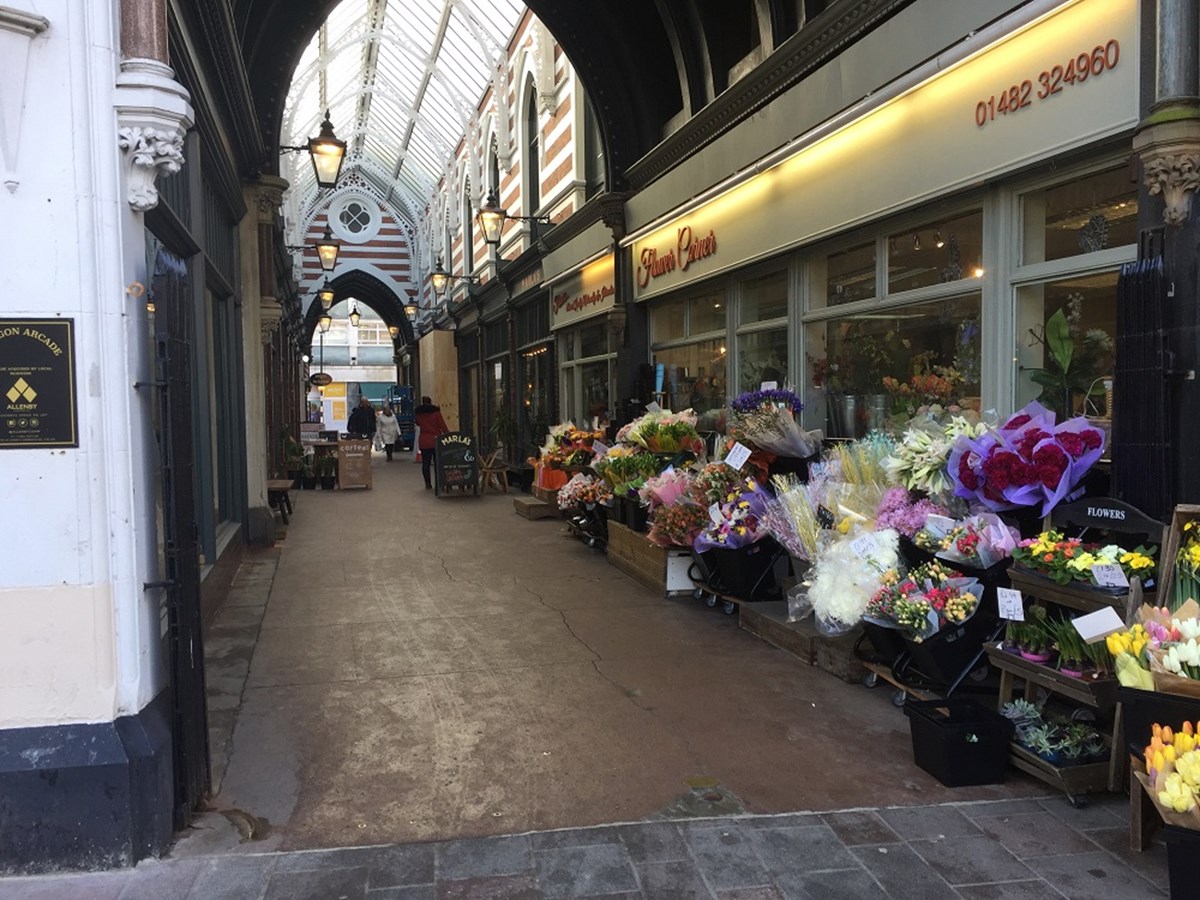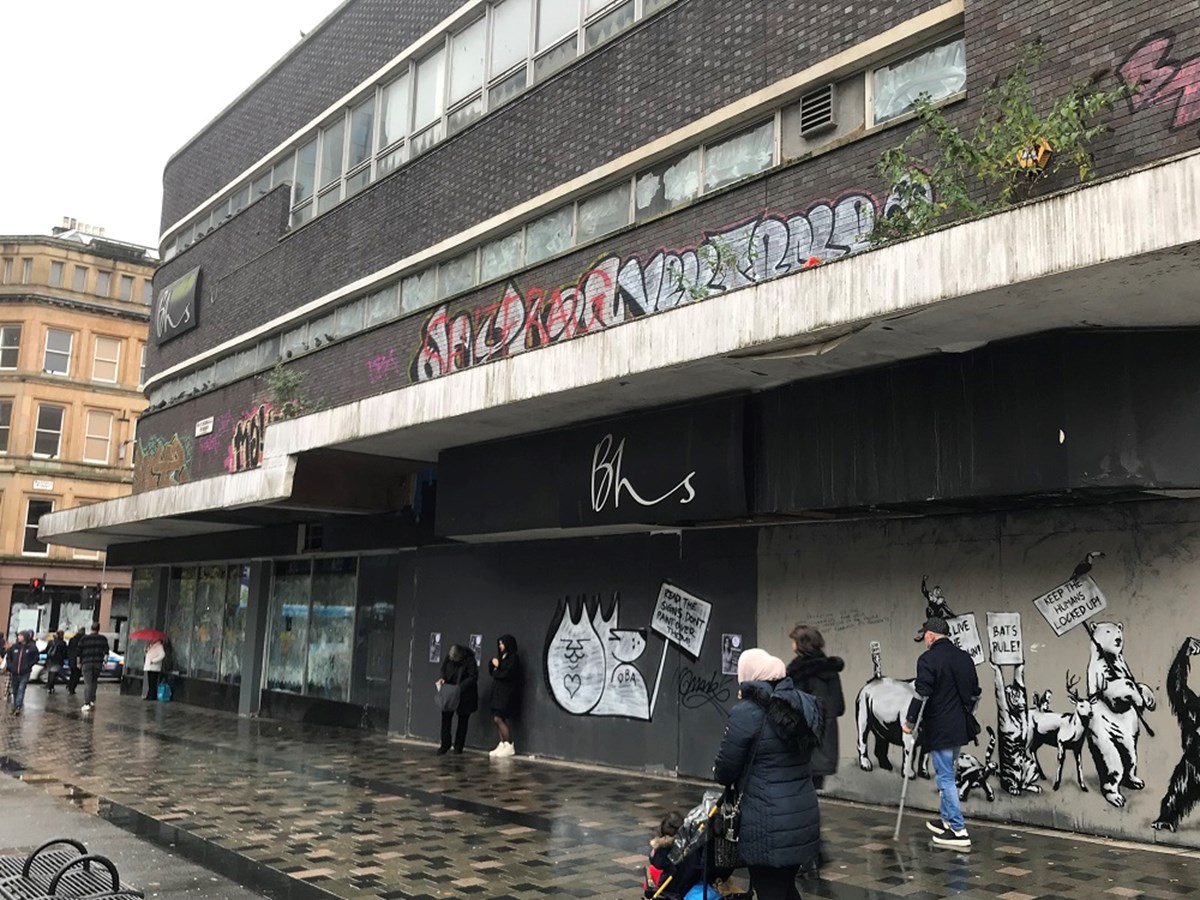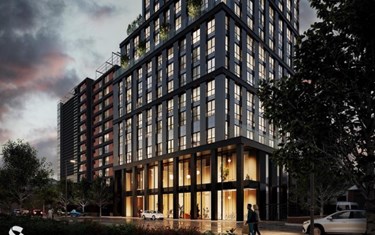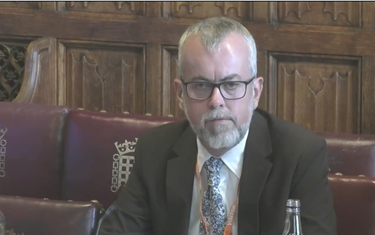Cath Jackson is a Senior Lecturer in the Department of Urban Studies and Planning at the University of Sheffield.
City centres, where do we begin? So important. So troubled. Such a time of change. In so many ways! What do we know about them? And what can be done to help?
First, we need to know what is happening, beyond simply, ‘people are shopping online, and retailers are going bust’.
In our recent study, we began by gathering contextual information on how ownership and property use have changed over the last 20 years in our case study city centres of Edinburgh, Glasgow, Hull, Liverpool and Nottingham. This adds richness and detail in a way not achieved before to changes we are seeing, deepening our understanding of how and why things are shifting. Ownership is more fragmented, with large institutional investors leaving the market and overseas and small-scale investors coming in. These newer investors often lack resources and experience at a time when arguably both are needed more than ever. We also found that while some uses are expanding, and new uses and new occupiers are entering the market, the rise in vacancies outstripped this, suggesting that adaptations cannot keep up with the surge in empty properties. Our policy briefing details recommendations to collect data to better understand and manage our city centres.

The Paragon Arcade in Hull has benefitted from local regeneration

A vacant store in Glasgow city centre
The biggest growth seen is in serviced accommodation (e.g. hotels, aparthotels and purpose-built student accommodation). There is also continuing growth in residential units through the conversion of office and storage space, but contraction in the provision of services, such as medical surgeries and nurseries, for these residents, an incongruity likely to increase.
But what are these visitors and residents doing in their leisure time? Perhaps surprisingly, recreation uses do not show consistent growth over the last 20 years. Instead, our research identified more subtle changes linked to leisure time, such as independent retailers moving into city centres as rents have fallen, that focus more on customer experience. And, of course, we have all seen the proliferation of coffee shops and other food and drink establishments! That’s when we’re not ‘competitive socialising’, engaging in activities like axe throwing, or calmer options such as mini golf and darts, in some repurposed department stores. We set out recommendations to promote leisure and entertainment experiences in reshaping city centres in our policy briefing.
Successful city centres require the private and public sectors to come together. Both sectors face significant challenges, spanning financial, viability and strategic concerns. Our research revealed insights into often overlooked challenges faced by private sector investors, encompassing falls in some shopping centres values “almost beyond comprehension”; huge problems in assessing investment risk; changing lease types and increasing complexity of clauses, challenging the profession in complex ways. Recommendations are presented to improve market transparency and equity.
So how can we work together to save our city centres?
Shared desires span private and public sectors. This was clear in the repurposing schemes we examined and formed the driving force to bring properties back into effective and enduring use. Challenges proliferated, but were overcome through innovation and compromise. Sensitivities to historic areas and iconic buildings were key, as windows became doors (to accommodate multiple occupiers), a disused lift shaft became home to flues for a ventilation system (as occupational density increased), and an external balcony was permitted (so a new use could attract passers-by).
However, more can be done to help owners and investors take the significant risks incumbent in repurposing schemes. And more can be done to help occupying businesses thrive and bring people back into our centres. The study found key issues include: public sector commitment to the public realm; accessibility by both pedestrian and vehicular traffic (providing visibility, taxi drop offs or hurried visits); and relaxation of controls to enable business signage and external seating, to attract customers and create vitality. Yet we found tensions between the short-term leasing of public spaces for privately run events – encouraging visitors but reducing accessible space for local people. We also found a need for more planning-focused research on integrating residential developments with existing uses. Shared governance arrangements could build on shared desires to achieve such goals. Our policy briefing provides further recommendations to help repurpose space and bring buildings back into effective use.
Positive change is needed and, our research shows, is possible, to save our city centres.
You can read more about Cath's research on our Planning Research Matters hub.


